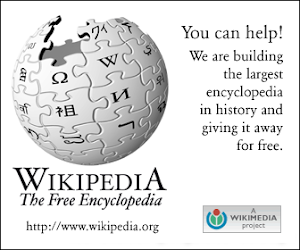
Emotional branding refers to the practice of building brands that appeal directly to a consumer’s ego, emotional state, needs and aspirations. The purpose of emotional branding is to create a bond between the consumer and the product by provoking the consumer’s emotion.
Human needs such as love, power, emotional security and ego-gratification, which are subconsciously emotion-based, serve as a foundation for emotional branding and allow marketers to create a self-fulfilling prophesy when it comes to consumer needs. People want to fulfill needs, and advertisers promote the need to fulfill them in a perpetual cycle.
While tradition al consumer decision-making models are grounded in the theory of rational choices and are largely cognitive and sequential in nature. Emotional branding is irrational. Simply playing somber music against images of people struggling without a particular product can trigger an irrational connection by playing on a consumer’s sadness.
al consumer decision-making models are grounded in the theory of rational choices and are largely cognitive and sequential in nature. Emotional branding is irrational. Simply playing somber music against images of people struggling without a particular product can trigger an irrational connection by playing on a consumer’s sadness.
 al consumer decision-making models are grounded in the theory of rational choices and are largely cognitive and sequential in nature. Emotional branding is irrational. Simply playing somber music against images of people struggling without a particular product can trigger an irrational connection by playing on a consumer’s sadness.
al consumer decision-making models are grounded in the theory of rational choices and are largely cognitive and sequential in nature. Emotional branding is irrational. Simply playing somber music against images of people struggling without a particular product can trigger an irrational connection by playing on a consumer’s sadness.
Sometimes a product is associated with a product in a literal sense (“Happiness is a cigar called Hamlet”). More often, methods are used with the intention of creating an emotional reaction to the ad, product, or in the case of viral publishers, information.
With time and repetition, brands can establish a lasting connection in the minds and hearts of consumers. In order for humans to create a relationship between themselves and a brand, the brand needs to portray a particular personality with specific values and symbols attached to it.
Often stories use archetype emotions that tap into universal feelings. Nike’s hero archetype, for example, has inspired fervent customer loyalty throughout the world. The hero starts from humble beginnings, challenges a terrifying foe, and against all odds, prevails.

But Nike takes the emotional marketing story of the hero and turns it inward. “You are the hero, and your lazy side is the villain. They know that while some people may identify with an external foe, all people identify with an internal one,” saysemotional marketing consultant, Graeme Newell.
“Timberland has created a lifestyle around their brand, one of strength, perseverance and individual power. “[Timberland] make sure it is guy alone in the wilderness, testing his mettle against the elements. They create a sense of a lone warrior archetype.”
Critics of emotional branding point to the ethical implications of manipulating human emotion, it’s use of propaganda and a growing “sameness” of products as marketers desperately try to distinguish their brand from others amongst the clutter–the enormous amount of ads consumers are exposed to each day.
Marketers should not limit their appeals to emotions only. These types of affective strategies might appeal to those with lower consumer emotional intelligence, but marketers risk losing a segment of their potential market without a cognitive element in their message.
The optimal strategy would be to include both cognitive and affective messages in the marketing strategy. Another strategy might be to include the use of subtle emotional appeals as consumers with high levels of emotional intelligence might delay decision-making when presented with strong emotional appeals.














0 nhận xét:
Đăng nhận xét